Implementing Budgetary Control Best Practices in Uncertain Times
By: Mike Canniff | August 17, 2021
ARTICLE — During difficult financial times, revenue cash flow may be uncertain and seem unmanageable. Enterprises must focus on things they do control, such as expenses. Most organizations’ have three general categories – payroll, procurement, and employee expenses (travel).
These days most executives are reluctant to layoff valued personnel unless absolutely necessary, but the other categories seem less challenging to address. Companies are rolling out revised budgets to manage this new economic paradigm; however, without a rigorous automated approval process that checks spend in non-vital areas, many well laid out plans have limited upside.
The following roles all play a part in reducing and controlling spend in the organization. Implementing the best practice of budgetary control within your ERP system can aid them in managing this process. Here’s what they need and how it works for each role —
Chief Financial Officer
The CFO needs the latest revenue and expense projections based on the newly appropriated spend-profile for the company. These projections require access to the right systems and processes to prevent team members from spending more than what the freshly defined budgets allow. Budgets need to be updated quickly and enforced within the system. Then spending can be dynamically shifted to new areas of focus (priority items versus non-priority expenses).
Financial Planning & Analysis Directors
The FP&A team needs current and accurate spend metrics. Traditionally these numbers come from a Budget-to-Actual Report. However, standard GL actuals do not reflect encumbrance or committed money coming from procurement. Accordingly, FP&A requires a full picture of spend (including expense report data) to plan new budgets. These budget adjustments and transfers need to feedback into the ERP system from the budget planning tool. This process completes a full circle review and updates operations so that they have the correct budget amounts.
Procurement Managers
Now is the opportune time for rapid renegotiation with supplier terms and conditions. So procurement managers need to look at new short-term contracts to increase flexibility. This action can lower “soft commitments” or requisitions against the budget. It is essential to identify transactions that may exceed the budget. These occurrences require special attention and coordination with the FP& A team to transfer the available budget from other sources. Encumbrance threshold reports can identify GL accounts (such as travel, telephony, or discretionary expenses) that are close to going over budget. Setting a threshold of 80% or 90% of the budget will catch new purchase requisitions before exceeding the budget. Better yet, switching the budget control system to block transactions will ensure staying within budget.
Contact us to arrange a product demonstration.




